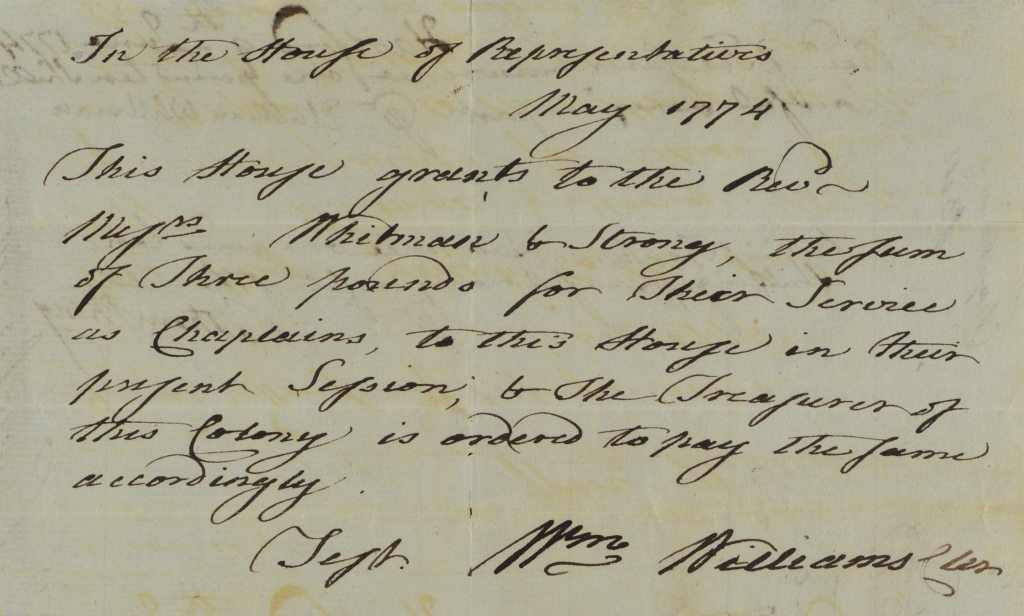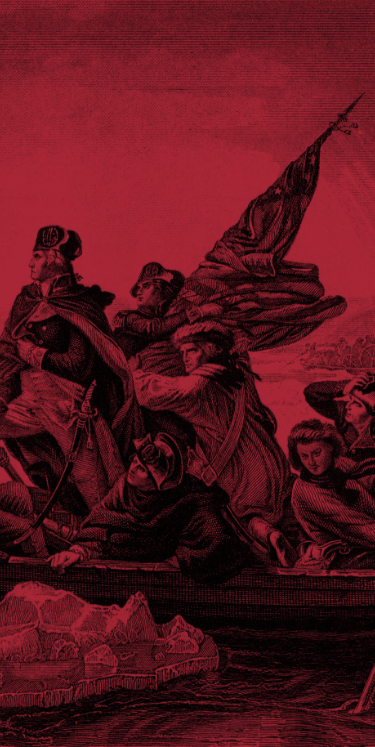September 17th is Constitution Day, the anniversary of the signing of the Constitution. Our Constitution secures our God-given freedoms that were set forth in the Declaration of Independence, and today we add yet another year to our unsurpassed record as the longest ongoing constitutional republic in the world.
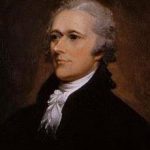 A Founding Father who exerted great influence in our constitutional government was Alexander Hamilton. As a delegate to the Constitutional Convention of 1787, and one of its thirty-nine signers, he played what would be considered a minor role in the debates of the Convention itself. However he (along with John Jay and James Madison) became one of the three men most responsible for the adoption and ratification of the Constitution through the writing and publication of a series of articles which became known as The Federalist Papers.
A Founding Father who exerted great influence in our constitutional government was Alexander Hamilton. As a delegate to the Constitutional Convention of 1787, and one of its thirty-nine signers, he played what would be considered a minor role in the debates of the Convention itself. However he (along with John Jay and James Madison) became one of the three men most responsible for the adoption and ratification of the Constitution through the writing and publication of a series of articles which became known as The Federalist Papers.
Hamilton’s career was distinguished, including his service not only as a military aide to General George Washington and his own rise to a military general under Washington, but also as America’s first Secretary of the Treasury under President Washington. But notwithstanding such achievements, he is perhaps best known today today for his duel with Aaron Burr.
In the election of 1800, Hamilton worked against the re-election of incumbent president John Adams. When Aaron Burr and Thomas Jefferson tied in the vote for president, as required by the Constitution, the contest was sent to the House of Representatives for them to choose a winner. Hamilton strongly supported Jefferson over his fellow-New-Yorker Burr. 1
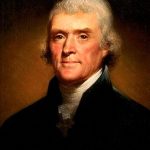 (By the way, during that election cycle in 1800, a number of ministers preached and published pulpit sermons against Jefferson, including Hamilton’s good friend, the Rev. John Mitchell Mason.)
(By the way, during that election cycle in 1800, a number of ministers preached and published pulpit sermons against Jefferson, including Hamilton’s good friend, the Rev. John Mitchell Mason.)
In 1802, Hamilton urged the formation of a “Christian Constitutional Society” whose two-fold goal was “1st, the support of the Christian religion; 2nd, the support of the Constitution of the United States.”2 The purpose of the society was to elect to office those who supported Christianity and the Constitution. Hamilton saw an intrinsic relation between Christianity, the Constitution, and a strong and safe America, and he never viewed the Constitution as a secular document. He openly declared:
For my own part, I sincerely esteem it a system which without the finger of God [Luke 11:20] never could have been suggested and agreed upon by such a diversity of interests.3
Hamilton’s dream for his Christian Constitutional Society never came to pass. In 1804, he was shot down by Burr in a duel spurred by Burr’s frustration of Hamilton having thwarted so many of his political ambitions.4 (Burr was an egotistic and ambitious man who actually tried to build an empire for himself in what is now Mexico 5). The Rev. Mason attended Hamilton in the hours after he was shot. After Hamilton’s death, he released a pamphlet that included Hamilton’s personal account of the duel as well as Hamilton’s repeated affirmation of his firm personal reliance on God for his salvation.6
As we celebrate our great Constitution, let us not forget those who helped shape it and secured to us the blessings we enjoy today — leaders such as Alexander Hamilton!
Endnotes
1 Appletons’ Cyclopedia of American Biography. 6 vols. New York: D. Appleton & Co., 1889, s.v. “Hamilton, Alexander.” See also, Dictionary of American Biography. 21 vols. New York: Charles Scribner’s Sons, 1932, s.v. “Hamilton, Alexander.”
2 Alexander Hamilton to James A. Bayard, April 16-21, 1802, National Archive, https://founders.archives.gov/documents/Hamilton/01-25-02-0321.
3 Alexander Hamilton to Mr. Childs, Wednesday, October 17, 1787, The Federalist and Other Contemporary Papers on the Constitution of the United States, ed. E.H. Scott (New York: Scott, Foresman and Company, 1894), 646.
4 Dictionary of American Biography. (New York: Charles Scribner’s Sons, 1932), s.v. “Hamilton, Alexander;” Appletons’ Cyclopedia of American Biography. (New York: D. Appleton & Co., 1889), s.v. “Hamilton, Alexander.”
5 “Aaron Burr (1801-1805),” Miller Center, accessed October 27, 2023, https://millercenter.org/president/jefferson/essays/burr-1801-vicepresident.
6 J. M. Mason, An Oration Commemorative of the Late Major General Alexr. Hamilton (London: R. Edwards, 1804).
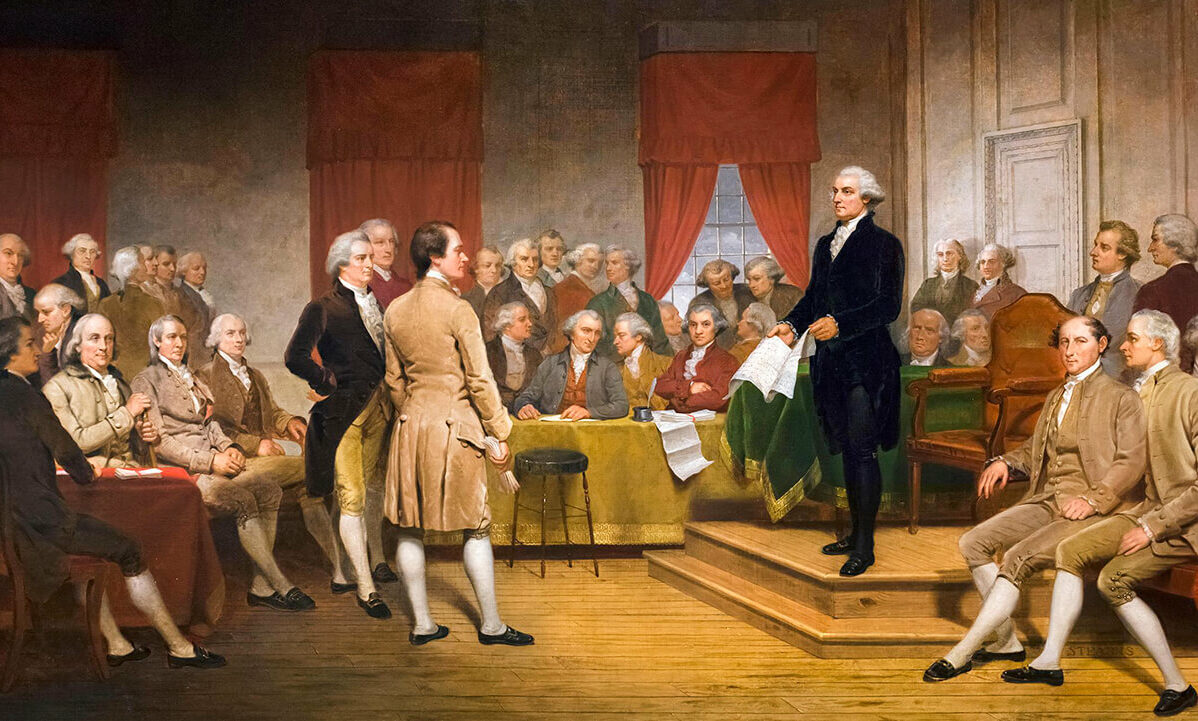
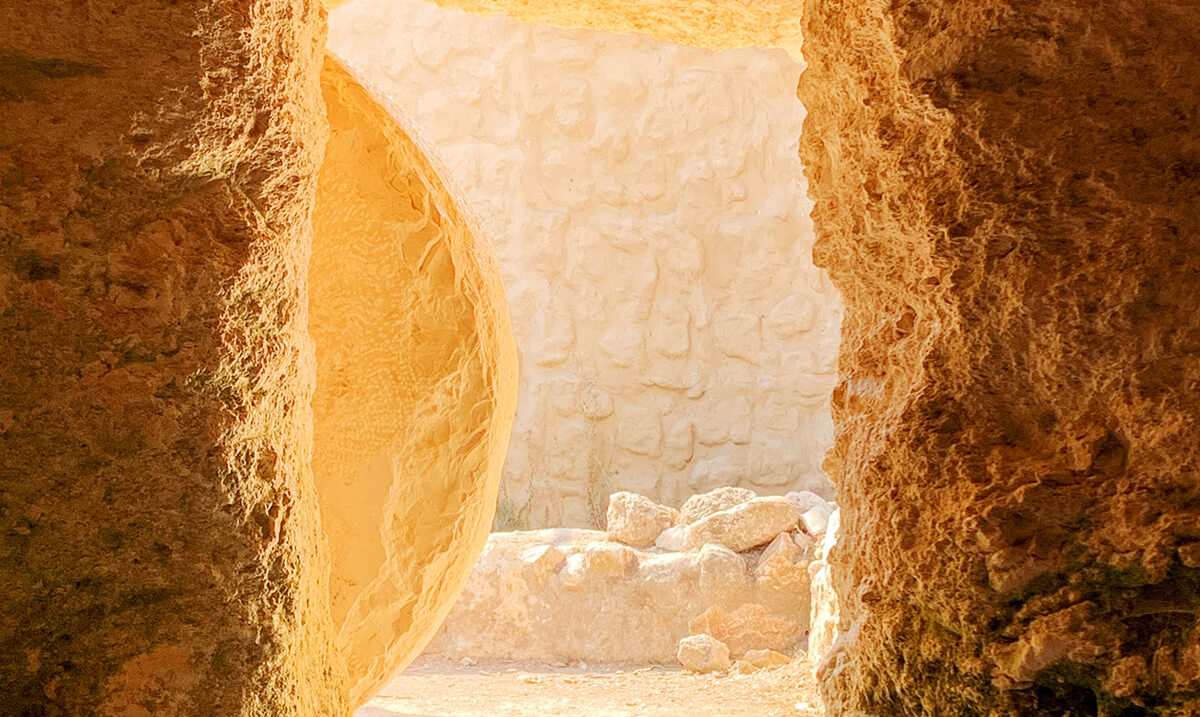
 Easter is celebrated across the world as one of the most significant Christian holy days. It is when Christians pause to remember the great sacrifice of Jesus on the cross as well as the ultimate triumph of His resurrection.
Easter is celebrated across the world as one of the most significant Christian holy days. It is when Christians pause to remember the great sacrifice of Jesus on the cross as well as the ultimate triumph of His resurrection.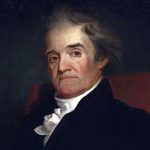 As Noah Webster, author in 1828 of America’s
As Noah Webster, author in 1828 of America’s 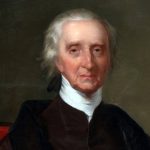 The approaching festival of Easter, and the merits and mercies of our Redeemer copiosa assudeum redemptio have lead me into this chain of meditation and reasoning, and have inspired me with the hope of finding mercy before my Judge, and of being happy in the life to come — a happiness I wish you to participate with me by infusing into your heart a similar hope.
The approaching festival of Easter, and the merits and mercies of our Redeemer copiosa assudeum redemptio have lead me into this chain of meditation and reasoning, and have inspired me with the hope of finding mercy before my Judge, and of being happy in the life to come — a happiness I wish you to participate with me by infusing into your heart a similar hope.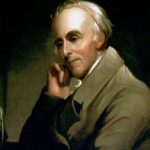 He forgave the crime of murder on His cross; and after His resurrection, He commanded His disciples to preach the gospel of forgiveness, first at Jerusalem, where He well knew His murderers still resided. These striking facts are recorded for our imitation and seem intended to show that the Son of God died, not only to reconcile God to man but to reconcile men to each other.
He forgave the crime of murder on His cross; and after His resurrection, He commanded His disciples to preach the gospel of forgiveness, first at Jerusalem, where He well knew His murderers still resided. These striking facts are recorded for our imitation and seem intended to show that the Son of God died, not only to reconcile God to man but to reconcile men to each other.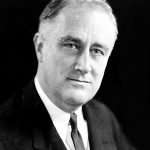 Yesterday, Christendom celebrated Easter—the anniversary of the Resurrection of Our Lord Who, at the beginning of His ministry was thirty years of age and at His death was only thirty-three. Christianity began with youth, and through the last two thousand years, the spirit of youth repeatedly has revitalized it.
Yesterday, Christendom celebrated Easter—the anniversary of the Resurrection of Our Lord Who, at the beginning of His ministry was thirty years of age and at His death was only thirty-three. Christianity began with youth, and through the last two thousand years, the spirit of youth repeatedly has revitalized it.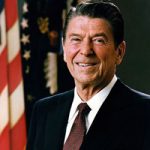 Beginning today and culminating on Sunday morning, Christians will celebrate with their families the resurrection of Christ, His victory over death. We will remember that He gave His body and His blood—washing clean the faults and the shortcomings of the world. In our rejoicing we will renew the hope that is ours through the risen Lord.
Beginning today and culminating on Sunday morning, Christians will celebrate with their families the resurrection of Christ, His victory over death. We will remember that He gave His body and His blood—washing clean the faults and the shortcomings of the world. In our rejoicing we will renew the hope that is ours through the risen Lord.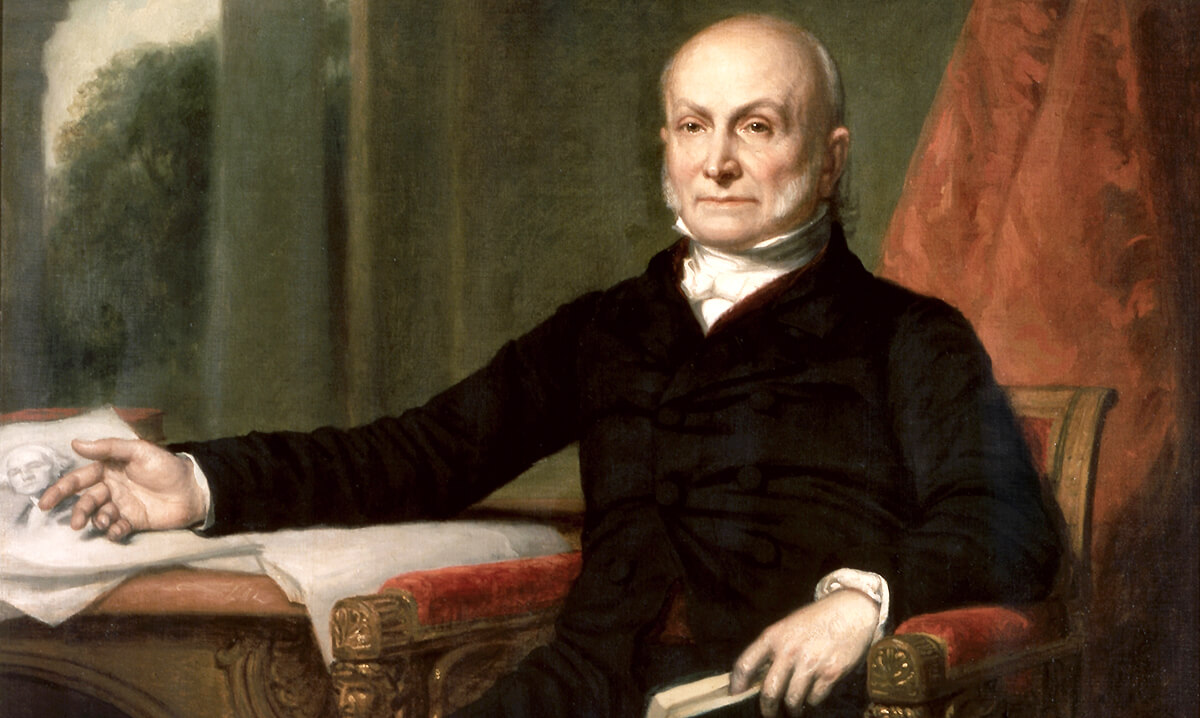
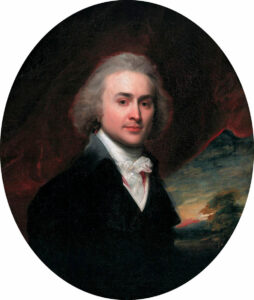
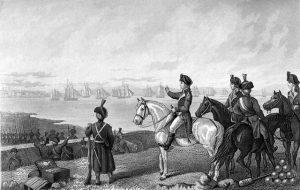 March 17 is annually celebrated in Boston as “Evacuation Day,” commemorating the departure of the British from the city after an eleven month occupation at the start of the American Revolution.
March 17 is annually celebrated in Boston as “Evacuation Day,” commemorating the departure of the British from the city after an eleven month occupation at the start of the American Revolution.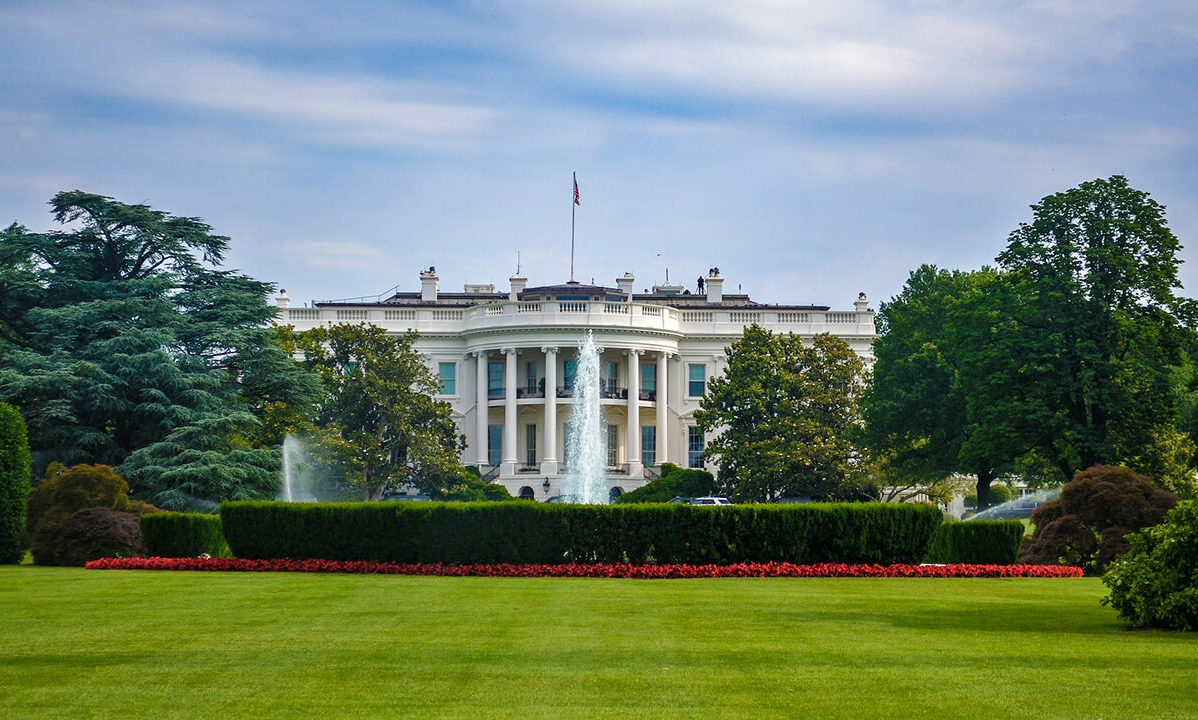
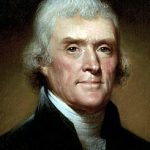 America is a blessed nation. We enjoy a level of political stability,
America is a blessed nation. We enjoy a level of political stability, 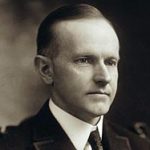 [T]he authority of law, the right to equality, liberty, and property under American institutions, have for their foundation reverence for God. If we could imagine that to be swept away, these institutions of our American government could not long survive.
[T]he authority of law, the right to equality, liberty, and property under American institutions, have for their foundation reverence for God. If we could imagine that to be swept away, these institutions of our American government could not long survive.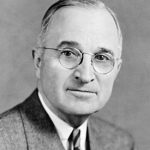 The Constitution and the Declaration of Independence can live only as long as they are enshrined in our hearts and minds. If they are not so enshrined, they would be no better than mummies in their glass cases, and they could in time become idols whose worship would be a grim mockery of the true faith. Only as these documents are reflected in the thoughts and acts of Americans can they remain symbols of a power that can move the world.
The Constitution and the Declaration of Independence can live only as long as they are enshrined in our hearts and minds. If they are not so enshrined, they would be no better than mummies in their glass cases, and they could in time become idols whose worship would be a grim mockery of the true faith. Only as these documents are reflected in the thoughts and acts of Americans can they remain symbols of a power that can move the world.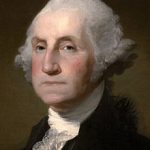 On Presidents Day — and with a presidential election directly in front of us — let’s remember the
On Presidents Day — and with a presidential election directly in front of us — let’s remember the 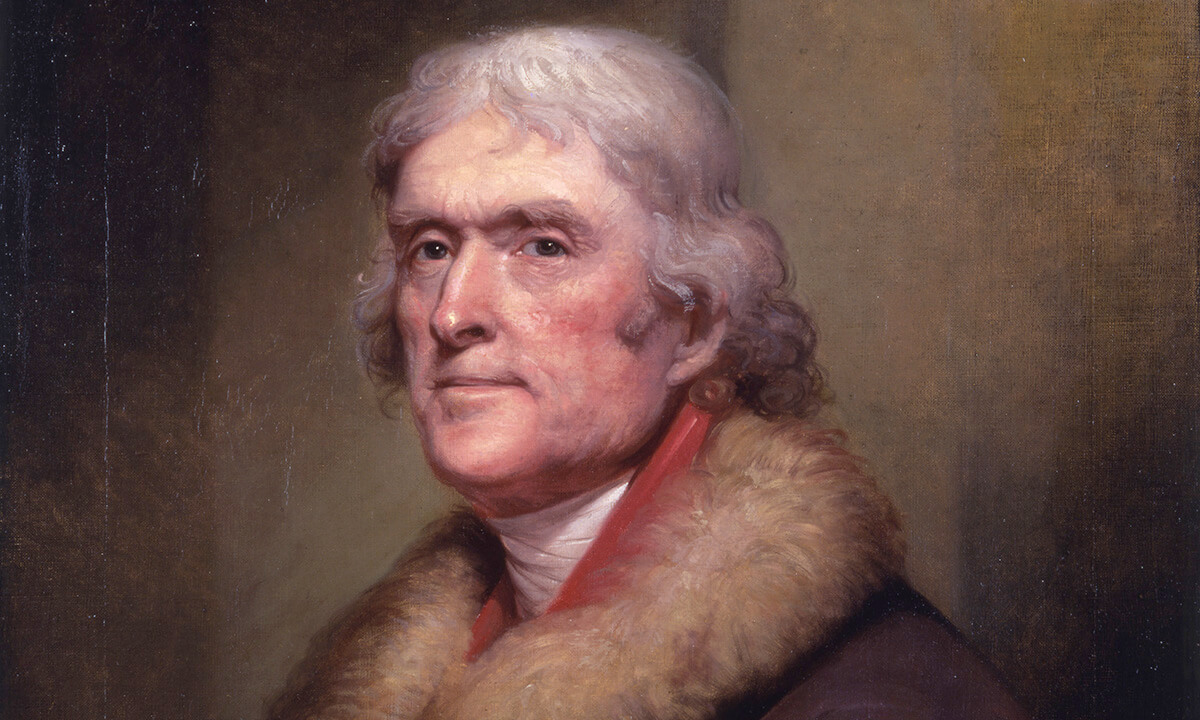
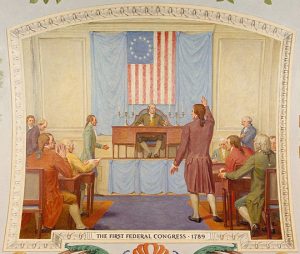
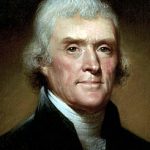 No provision in our Constitution ought to be dearer to man than that which protects the rights of conscience against the enterprises of the civil authority.
No provision in our Constitution ought to be dearer to man than that which protects the rights of conscience against the enterprises of the civil authority.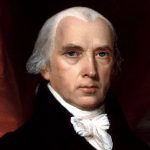
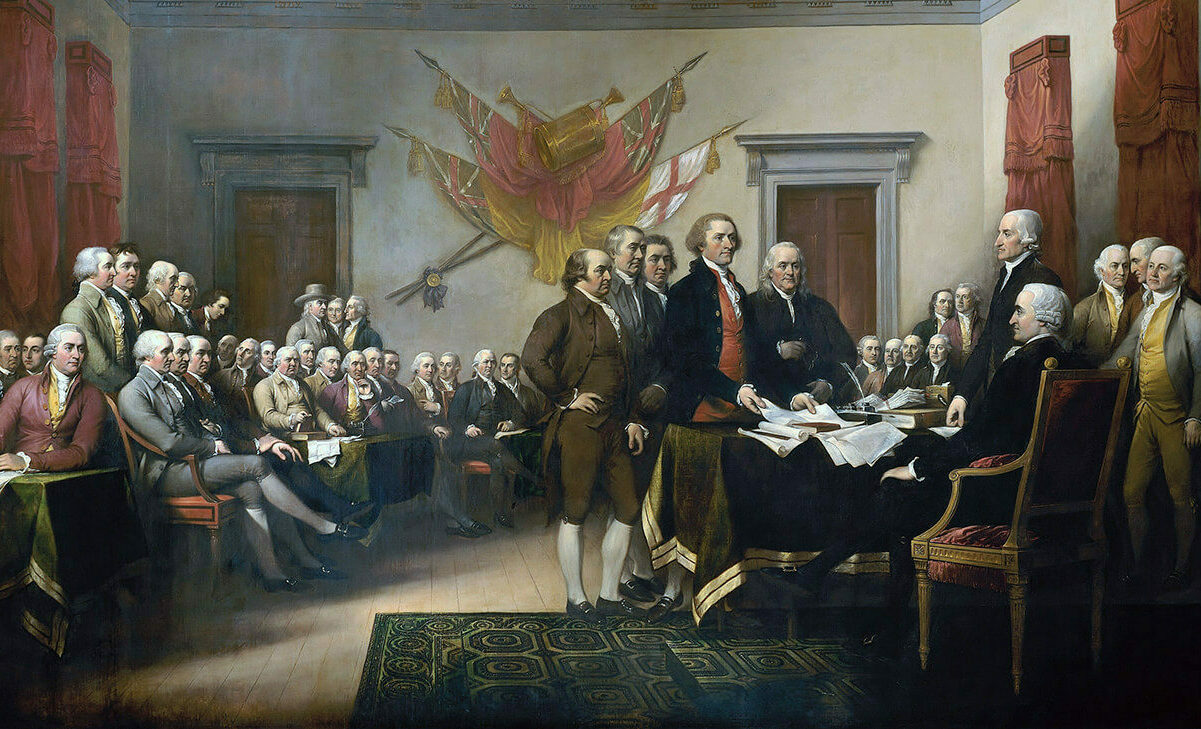
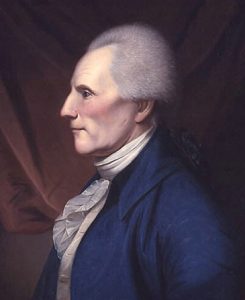
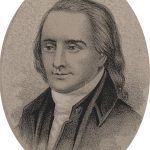 Richard Henry Lee was part of a large family that was something of a political dynasty for the better part of two centuries. His father, Thomas, served as
Richard Henry Lee was part of a large family that was something of a political dynasty for the better part of two centuries. His father, Thomas, served as 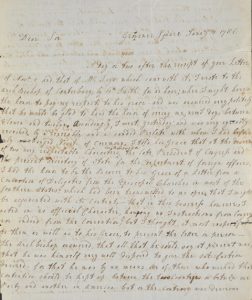 After the American Revolution ended, and while serving as President of the Continental Congress in 1784-1785, Richard
After the American Revolution ended, and while serving as President of the Continental Congress in 1784-1785, Richard 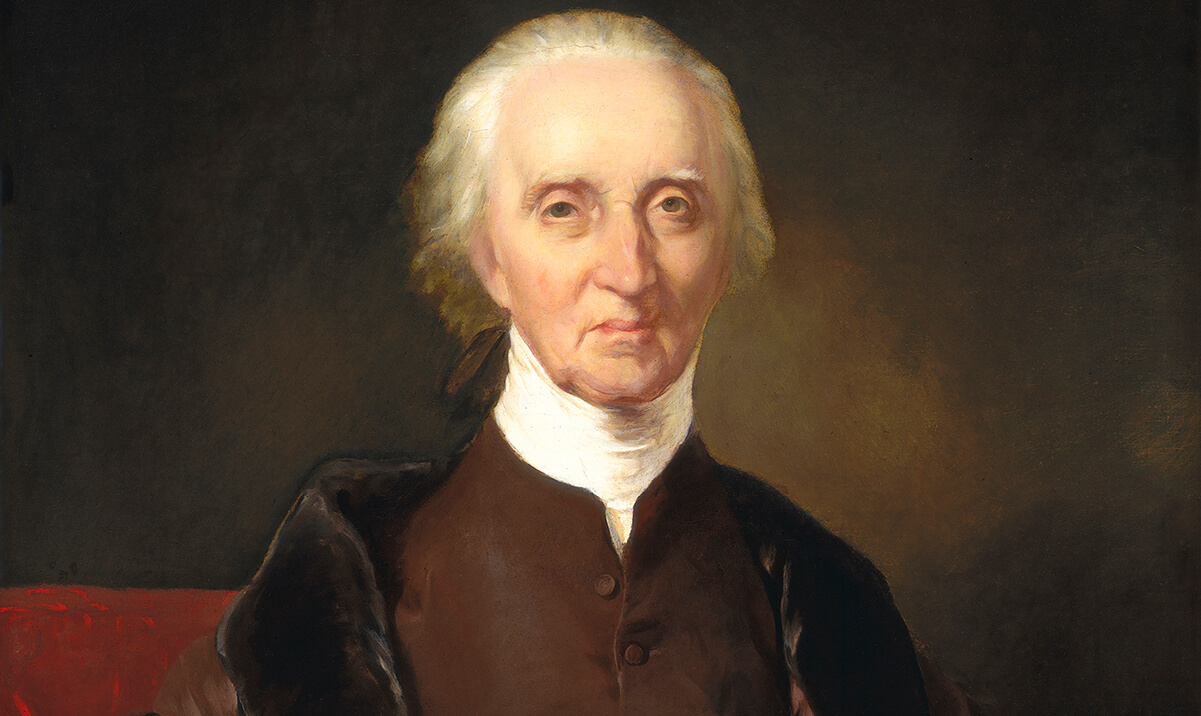
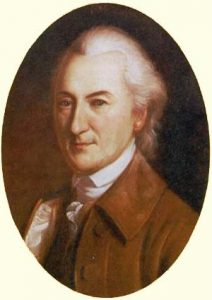
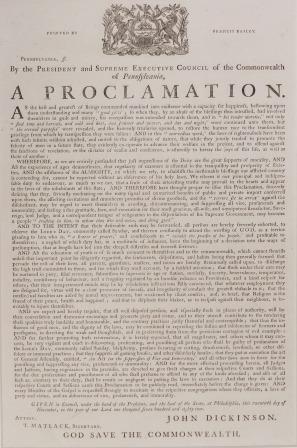
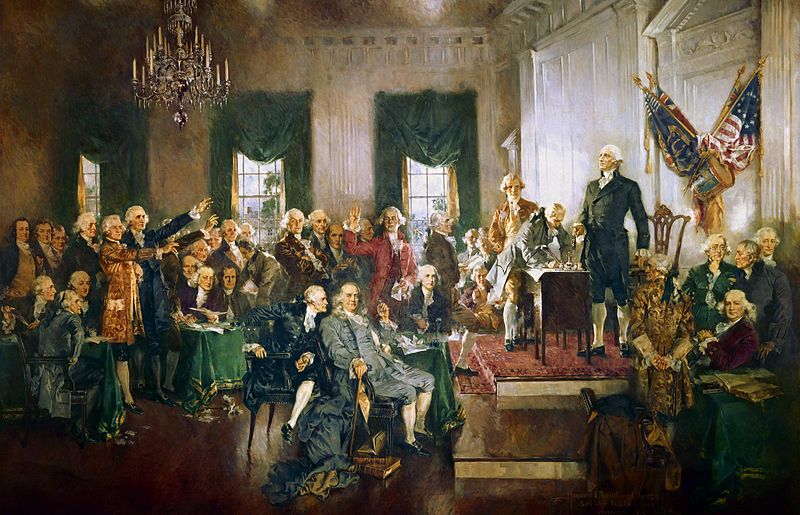
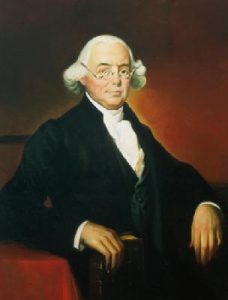
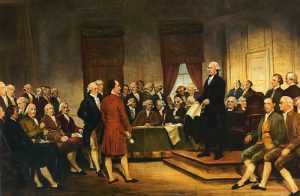 Wilson served as a Pennsylvania delegate to the Continental Congress, where he voted for and signed the Declaration of Independence. He later was a member of the Constitutional Convention, where he signed the Constitution.
Wilson served as a Pennsylvania delegate to the Continental Congress, where he voted for and signed the Declaration of Independence. He later was a member of the Constitutional Convention, where he signed the Constitution. 